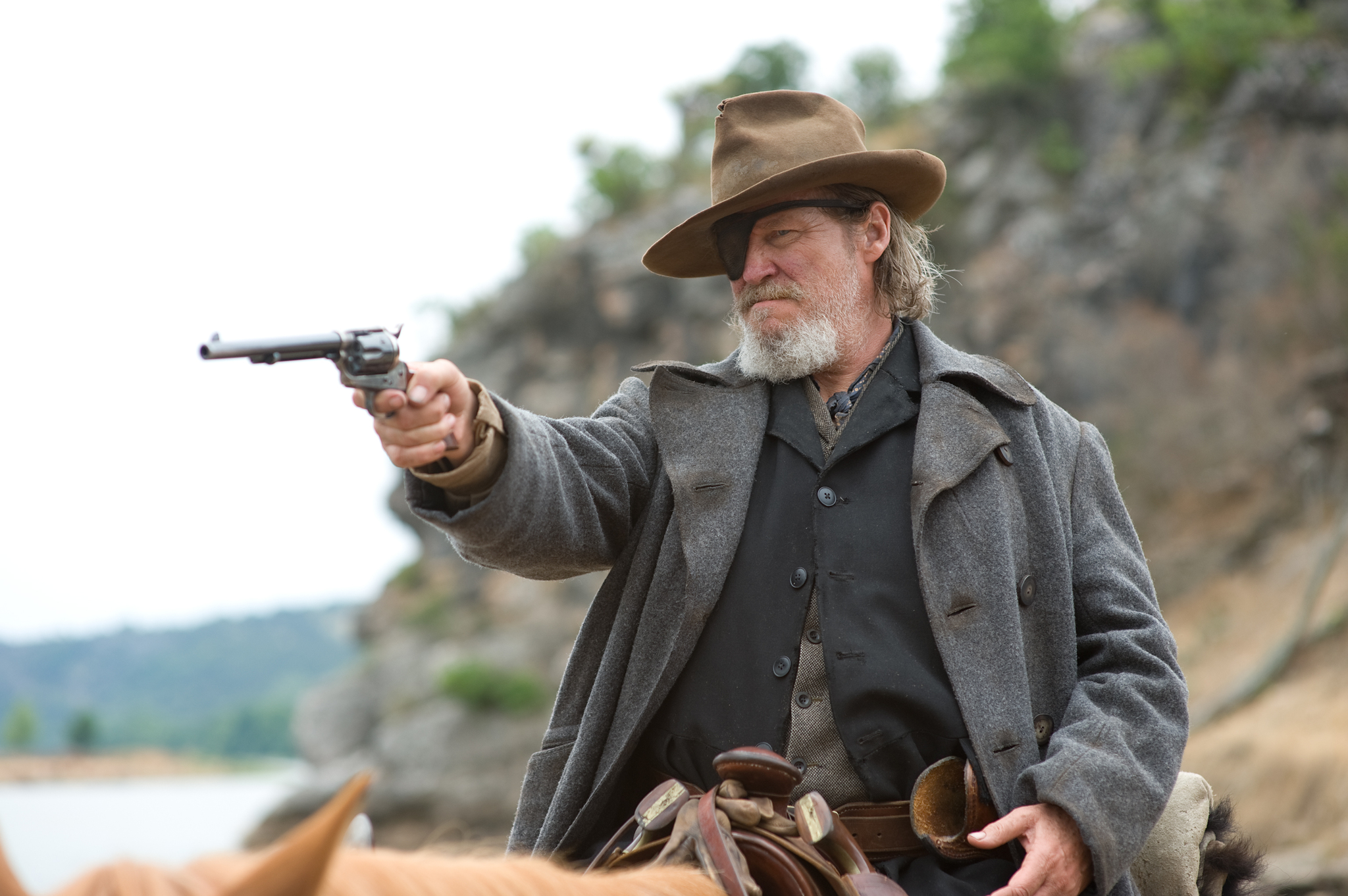
A Comparison of the 1969 and 2010 Adaptations of True Grit
A Comparison of the 1969 and 2010 Adaptations of True Grit
True Grit, a classic Western novel by Charles Portis, has captivated readers since its publication in 1968. It tells the story of a determined young girl, Mattie Ross, who seeks revenge for her father's murder by hiring a tough U.S. Marshal, Rooster Cogburn. Over the years, this gripping tale has been adapted for the big screen twice—first in 1969, starring John Wayne, and then in 2010, helmed by the Coen Brothers and featuring Jeff Bridges in the lead role. While both adaptations have their merits, they differ greatly in tone, style, and character development, making them distinct interpretations for different generations.
The 1969 Adaptation: A Classic Western
The original film, directed by Henry Hathaway, holds a special place in the hearts of classic Western fans. John Wayne's portrayal of Rooster Cogburn is iconic, earning him an Academy Award for Best Actor. This version leans into traditional Western tropes, featuring sweeping landscapes and a more straightforward narrative. The movie prioritizes action and heroism, creating a somewhat romanticized version of the Old West. Mattie Ross, played by Kim Darby, is depicted as headstrong and resourceful, yet her character is often overshadowed by the larger-than-life presence of Wayne’s Cogburn. This adaptation leaves viewers with a sense of nostalgic reverence for the genre, reminiscent of the golden age of Westerns.
The 2010 Adaptation: A Gritty Reimagining
In stark contrast, the 2010 adaptation by the Coen Brothers introduces a more nuanced approach to storytelling. Jeff Bridges steps into the role of Rooster Cogburn, presenting a darker, grittier interpretation. This version captures the harsh realities of frontier life, echoing the complexities of morality and justice. The shift in tone is evident from the very beginning; the film's cinematography emphasizes the bleakness of the landscape, mirroring the grim determination of Mattie Ross, portrayed by Hailee Steinfeld. The Coen Brothers allow Mattie to take center stage, showcasing her evolution from a vengeful child to a hardened survivor. The dialogue is sharp and witty, reflecting the novel's original voice while emphasizing the philosophical undertones of the story.
Character Depth and Development
One of the most significant differences between the two adaptations is the depth of character development. In the 1969 version, from a modern perspective, characters often fit archetypal molds without as much exploration into their motivations and vulnerabilities. Conversely, the 2010 adaptation delves into the complexities of Rooster and Mattie's characters, fleshing them out beyond their initial bravado and determination. The relationship dynamics shift to reveal a more realistic and sometimes abrasive tension, forcing characters to confront their flaws. This depth enriches the narrative, providing viewers with a profound engagement that lingers long after the credits roll.
Cultural Impact and Legacy
Both adaptations have left a lasting impact on American cinema and contribute uniquely to the legacy of True Grit. The 1969 version remains a beloved classic that celebrates the nostalgia of traditional Westerns, while the 2010 film has garnered critical acclaim for its innovative storytelling and performances. Enthusiasts of the book, film, and its message can find memorabilia and merchandise at the True Grit Official Shop, which showcases everything from posters to apparel that pay homage to this storied film series. Ultimately, whether one prefers the charm of the original or the intensity of the reimagined version, both adaptations offer valuable insights into the themes of resilience, justice, and the human condition, solidifying True Grit as a timeless tale.









